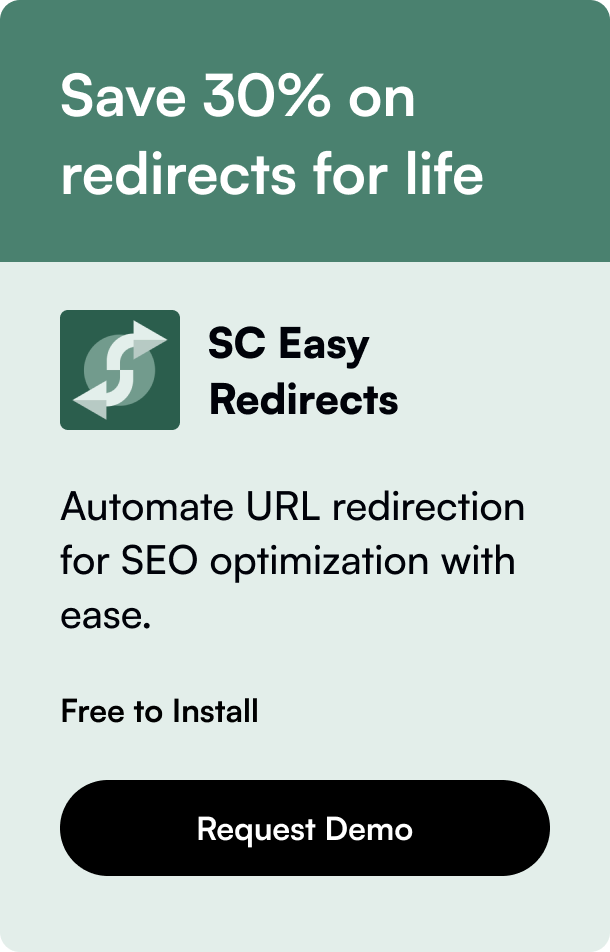Table of Contents
- Introduction
- Detailed Guide: Deleting Your Inactive Shopify Store
- Conclusion: Embracing Change and Moving Forward
Introduction
Have you ever stumbled upon a toolbox in your basement studded with rust? It sits there, occupying space, symbolizing projects from the past but currently serving no purpose other than a reminder of what used to be. In the digital realm of e-commerce, an inactive Shopify store mirrors this analogy. Managing or deciding to delete such a store can be likened to contemplating the fate of that forgotten toolbox. Why keep it if it’s not serving its intended function? This blog post aims to guide you through the rationale and process behind the decision to delete an inactive Shopify store, ensuring that your digital workspace remains efficient, focused, and free from the clutter of the past.
Why You Might Want to Delete an Inactive Shopify Store
An inactive Shopify store, much like an unused tool, can seem harmless at first glance. However, it can have implications that extend beyond just taking up space. Not only does it potentially incur unnecessary costs, but it can also dilute your brand’s presence online, leading to confusion among your potential customers. Furthermore, streamlining your e-commerce efforts by focusing on actively managed stores can optimize your overall business strategy, ensuring resources are allocated efficiently.
Deleting an inactive Shopify store also presents an opportunity to enhance your website's performance. Eliminating unnecessary data reduces server load, potentially speeding up your active storefronts and enhancing customer experience.
Understanding the Importance of Deleting an Inactive Shopify Store
The decision to delete an inactive Shopify store goes beyond mere housekeeping. It’s about making strategic choices to strengthen your business's posture in the digital marketplace:
- Cost Efficiency: Removing an inactive store can save on subscription fees and other associated costs.
- Security: Minimizing potential vulnerabilities due to neglected maintenance or updates.
- Performance and User Experience: Ensuring your active stores operate seamlessly by reducing redundancies and focusing on streamlined management.
Steps to Take Before Deleting Your Inactive Shopify Store
Before proceeding with the deletion, it's crucial to undertake a few preparatory steps:
1. Review Your Financials
Assess any outstanding dues or potential financial impacts that deleting the store might entail.
2. Consult with Professionals
If in doubt, touch base with a business advisor or legal counsel to ensure all considerations are accounted for.
3. Backup Necessary Data
Ensure any valuable data stored within the inactive shop is backed up, considering the irreversible nature of deletion.
4. Communicate with Stakeholders
If your store has had any customer interaction, consider informing past customers about the store's impending deletion, especially if it might impact them in some way.
5. Evaluate the Impact on SEO
Deleting a store can affect your online presence. Evaluate how this action might impact your overall SEO strategy.
Detailed Guide: Deleting Your Inactive Shopify Store
Now that you have a clearer understanding of why and how to prepare for deleting an inactive Shopify store, follow these steps to proceed with the deletion:
- Log in to Your Shopify Admin: This is where all store management actions initiate.
- Navigate to ‘Settings’: Located at the bottom left of your Shopify admin dashboard.
- Select ‘Plan and Permissions’: This area allows you to manage your Shopify plan and access.
- Click on ‘Close Store’: You’ll find this option at the bottom of the page. Shopify will likely ask for feedback or confirmation; provide as necessary.
- Confirm Deletion: Enter your password to confirm the deletion process. This step ensures that the decision to delete the store is intentional and secure.
Revisiting Your Decision: Considerations Before the Final Step
Before hitting that final confirmation, consider the permanence of your decision. Deleting a Shopify store is irreversible; once done, all data is permanently removed. Ensure you have exhaustively considered alternative solutions such as pausing the store or selling it.
Conclusion: Embracing Change and Moving Forward
Deleting an inactive Shopify store might seem daunting, reflecting the closing of a chapter. However, it also heralds a streamlined approach towards managing your e-commerce endeavors. By focusing your resources and attention on areas with the highest potential, you’re positioning your business for growth and success.
In the evolving landscape of digital commerce, letting go of what no longer serves you can be the most strategic move, paving the way for new opportunities and achievements.
FAQ Section
Q: Will deleting an inactive store affect my active Shopify stores? A: No, deleting an inactive store solely impacts the store in question and has no bearing on the operation or data of your active stores.
Q: Is it possible to recover any data once my store is deleted? A: Once a store is deleted, its data is irreversibly removed and cannot be recovered. It’s essential to back up any necessary information before deletion.
Q: Can I delete my Shopify store during the trial period? A: If you are in the trial period and haven’t selected a paid plan, your store will automatically be deactivated at the end of the trial. Therefore, no explicit deletion is required to terminate the trial store.
Q: What happens to my domain name after I delete my Shopify store? A: If you purchased your domain through Shopify, you would need to transfer it to another provider if you wish to keep using it post-deletion. Otherwise, it remains within Shopify's system until the domain’s registration period expires.
Deleting an inactive Shopify store is a strategic decision that can significantly benefit your business in the long run. It’s about embracing change, making informed choices, and focusing on what truly matters for your business growth.








